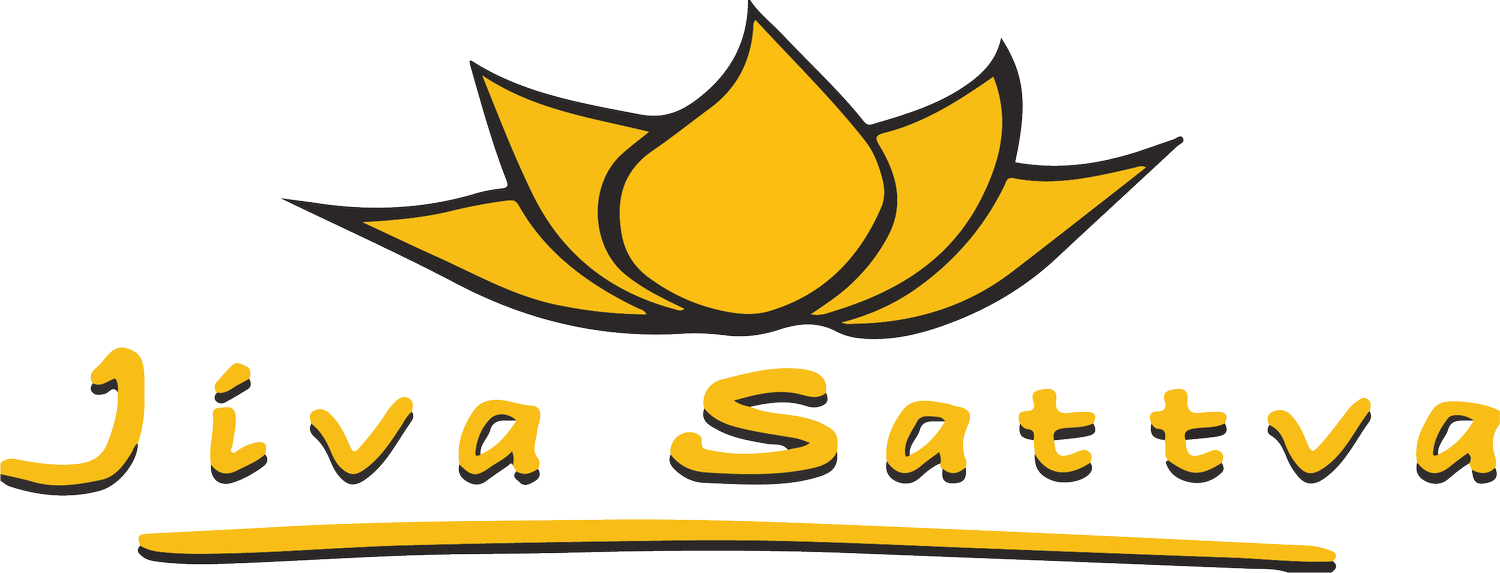Breath: Flow versus Control through the Lens of Siddha
Breath: Flow versus Control through the Lens of Siddha
Breath practices have become increasingly popular in our modern times, extending beyond Yogic communities. They are often utilized for stress reduction or part of yogic disciplines in pursuit of ‘enlightenment’ or ‘peace’. Here, I share my personal journey with breathing practices and why the Siddha approach resonates with me and the bringing out of more wholesome changes in my health and awareness.
Since the early nineties, I have been a dedicated student and practitioner of Yoga and Ayurveda. Within my Yogic studies, breathing practices have been a common component of sadhana (spiritual practice), to which I devoted much attention, as they appeared to offer a path to ‘enlightenment’ and ‘peace’. Later, I encountered another dimension of breath practices through the lens of Ayurveda, focusing on specific organs and glands, which introduced a healing aspect to my journey.
Breathing practices, known as ‘Pranayama’ have various translations. One common interpretation in the US is 'Breath Control’ derived from ‘Prana' + ‘Yama’. However, I also had been introduced to a different translation that resonated with me for many years. 'Breath Expansion’ derived from 'Pran' + ‘Ayama’. These practices, with a more devotional approach, seemed gentler, yet later I realized these techniques still involved significant control, particularly in certain holding patterns during inhalation and exhalation, and how the flow of breath became directed.
For many years, I was deeply committed to these practices and experienced numerous benefits, leading to positive lifestyle changes at the time. However, I reached a point of questioning everything when I encountered unexpected health challenges, including cervical spondylosis stemming from trapped inflammation and excessive heat (Pitta) in my system. Despite following Ayurvedic protocols to manage the conditions, I faced severe pain. At this juncture, I began to seriously question the efficacy of my daily breathing/sadhana practices, realizing, that despite years of dedication, ‘enlightenment’ remained elusive, and I was also managing degenerative health issues. What was not adding up here?
After discontinuing most of my previous practices, I experienced a gradual alleviation of inflammation and pain over the next three months. A month after that I found my current Siddha teacher, Pal Pandian, in South India (or did he find me?) During one of his Minimalistic Movement (MM) classes, he emphasized that his teachings were not about finding ‘God’ or ‘enlightenment’ but rather realizing the highest human potential inherent within us and cultivating greater sensitivity towards ourselves and life.
His practices are not breathing exercises.
I felt as though he was speaking directly to me when he shared that by controlling our breath, which is intricately connected to our life force, we also control our lives and control others. Wow! This realization shook me profoundly, inviting me to reflect on myself and to examine the patterns I had adopted.
I quickly recognized that where there exists control, there is an absence of organic, unrestricted flow, resulting in friction, inflammation, and stagnation, ultimately contributing to various diseases.
He mentioned that babies naturally engage in an organic flow of breath, characterized by natural, relaxed belly breathing. This immediately brought up memories of when my sons were babies. I often found myself quietly sitting beside them watching them sleep. There was an undeniable sense of tranquility as they lay on their backs, arms stretched to the sides, their sweet bellies effortlessly rising and falling with each breath. It was a total pose of surrender, embodying a sense of ‘letting go’, in what is known as Shavasana in Yoga. Such trust and innocence. And funny enough, no one had taught them how to breathe properly; they simply knew how to do it instinctively.
Where along our journey have we lost this innate flow? Where have we misplaced our innocence, our natural ability to breathe deeply and effortlessly from our bellies? How can we return to this natural rhythm of breath without control or manipulation? Moreover, where else in our lives are we exerting control, and is it genuinely benefiting us?
Siddhas work with 'Chittam,' our memory, to reconnect us with our inherent intelligence and state of consciousness.
It all made so much sense to me and touched me deeply. I was ready to drop all of my old practices and beliefs, and embarked on a new path in my journey.
Since then, so much has changed in my life, I’ve experienced deeper healing and heightened sensitivity towards myself and life. I am becoming more and more intimate with myself, sensing my body and my patterns, especially the ones that create unnecessary friction in my life, rather than allowing for more effortless flow. It is beautiful, and challenging at times, yet multi faceted, like unhindered life, always adapting.
I am profoundly grateful to my teacher and the lineage for guiding me on this ever-deepening journey.
